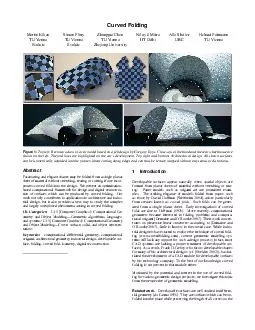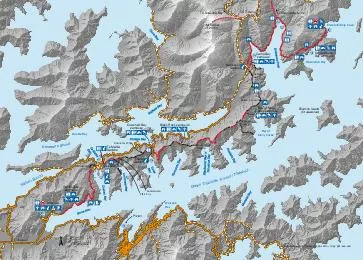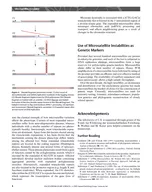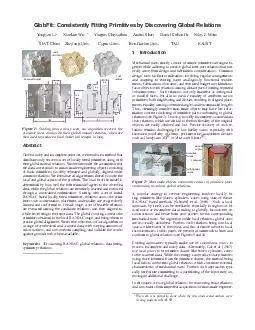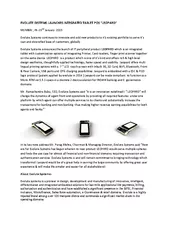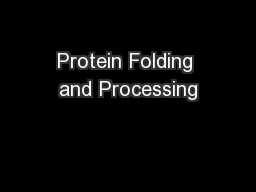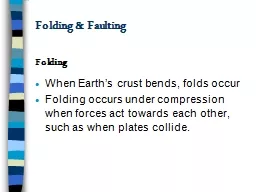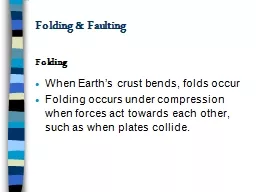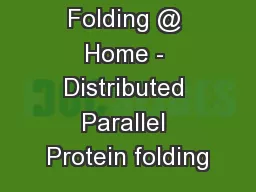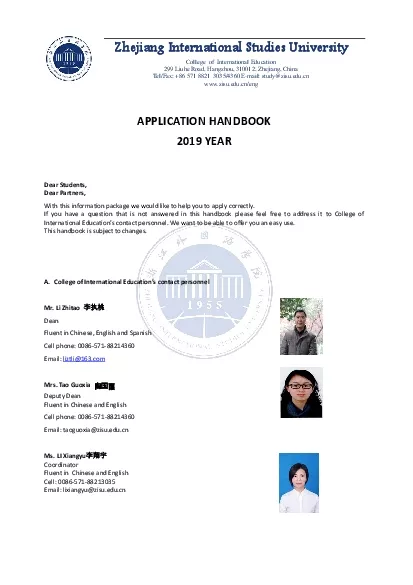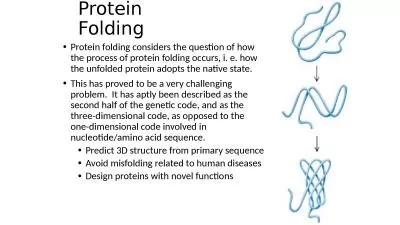PDF-Curved Folding Martin Kilian TU Vienna Evolute Simon Fl ory TU Vienna Evolute Zhonggui
Author : min-jolicoeur | Published Date : 2014-11-08
Mitra IIT Delhi Alla Sheffer UBC Helmut Pottmann TU Vienna Figure 1 Top left Reconstruction of a car model based on a felt design by Gregory Epps Closeups of the
Presentation Embed Code
Download Presentation
Download Presentation The PPT/PDF document "Curved Folding Martin Kilian TU Vienna E..." is the property of its rightful owner. Permission is granted to download and print the materials on this website for personal, non-commercial use only, and to display it on your personal computer provided you do not modify the materials and that you retain all copyright notices contained in the materials. By downloading content from our website, you accept the terms of this agreement.
Curved Folding Martin Kilian TU Vienna Evolute Simon Fl ory TU Vienna Evolute Zhonggui: Transcript
Download Rules Of Document
"Curved Folding Martin Kilian TU Vienna Evolute Simon Fl ory TU Vienna Evolute Zhonggui"The content belongs to its owner. You may download and print it for personal use, without modification, and keep all copyright notices. By downloading, you agree to these terms.
Related Documents

